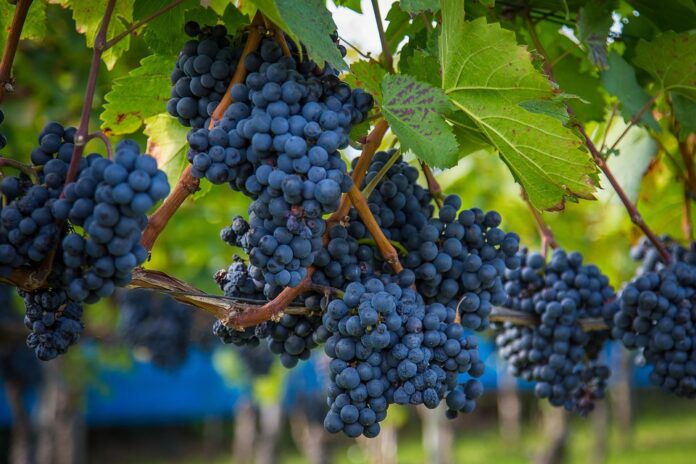Introduction
In the world of natural wine, bottle variation is not only accepted but embraced as part of the unique charm and character of these wines. This report will explore how bottle variation is a common occurrence in the natural wine community, the reasons behind it, and how consumers and producers alike view this phenomenon.
What is Bottle Variation?
Bottle variation refers to the differences that can occur between bottles of the same wine. These differences can range from subtle nuances in flavor and aroma to more noticeable variations in color, texture, and overall quality. While bottle variation can occur in all types of wine, it is particularly prevalent in natural wines due to their minimal intervention production methods.
Reasons for Bottle Variation in Natural Wines
There are several factors that can contribute to bottle variation in natural wines. One of the main reasons is the lack of additives and preservatives used in the winemaking process. Natural wines are made with minimal intervention, meaning that the winemaker allows the wine to ferment and develop on its own without the use of synthetic chemicals or additives. This hands-off approach can result in more unpredictable outcomes, leading to differences between bottles.
Additionally, natural wines are often unfiltered and unfined, meaning that they may contain sediment or other natural particles that can settle in the bottle over time. This can further contribute to variations in flavor, aroma, and appearance between bottles.
Consumer Perception of Bottle Variation
While some consumers may be put off by bottle variation and prefer consistency in their wines, many natural wine enthusiasts embrace it as part of the experience. For these consumers, the unpredictability and uniqueness of each bottle add to the allure of natural wines. They appreciate the fact that each bottle tells its own story and offers a one-of-a-kind tasting experience.
Industry Insights
The natural wine movement has been gaining momentum in recent years, with more and more consumers seeking out wines that are made with minimal intervention and sustainably produced. As a result, many wineries and producers are embracing bottle variation as a way to differentiate themselves in the market and appeal to this growing segment of wine drinkers.
Financial Data
According to a report by Market Research Future, the global natural wine market is projected to reach a value of $10.5 billion by 2023, with a compound annual growth rate of 14.85% during the forecast period. This growth is driven by increasing consumer awareness of the environmental and health benefits of natural wines, as well as a growing demand for unique and artisanal products.
Actual Companies Embracing Bottle Variation
Several wineries and producers are known for embracing bottle variation in their natural wines. For example, Domaine de la Romanée-Conti, a renowned Burgundy producer, is known for the unique character and complexity of its wines, which can vary significantly from vintage to vintage and even between bottles of the same wine. Similarly, Sine Qua Non, a cult winery in California, is famous for its limited-production wines that exhibit a high degree of bottle-to-bottle variation.
Conclusion
In conclusion, bottle variation is a common occurrence in the natural wine community and is embraced by both consumers and producers as part of the charm and authenticity of these wines. While bottle-to-bottle differences may not appeal to all wine drinkers, they are seen as a positive attribute by those who appreciate the natural, unadulterated qualities of natural wines. As the demand for natural wines continues to grow, we can expect to see more wineries and producers embracing bottle variation as a way to stand out in a competitive market and cater to a discerning audience.




